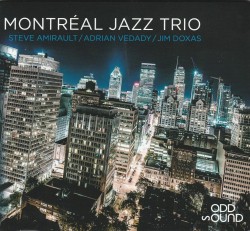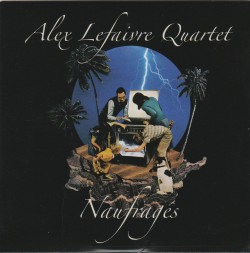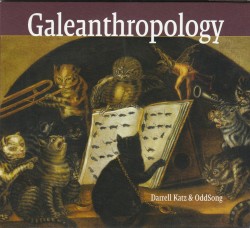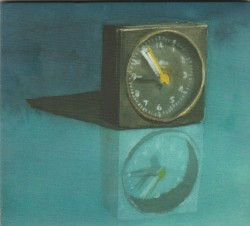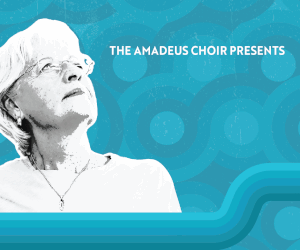Beneath - Hannah Barstow; Mike Murley; Reknee Irene Harrett; Keith Barstow
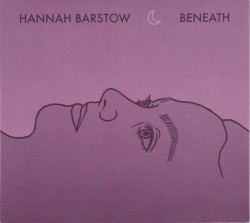 Beneath
Beneath
Hannah Barstow; Mike Murley; Reknee Irene Harrett; Keith Barstow
Independent (hannahbarstow.com)
It’s always refreshing to see younger talents in the music world finding their places and voices and Hannah Barstow has done just that on her latest release. The album showcases her talents as a pianist, vocalist and composer; tracks range from calming and mellow to fast-paced and positively toe-tapping – a perfect accompaniment to the dreary days that are upon us. Supported by a band of well-known musicians such as Mike Murley on saxophones, Reknee Irene Harrett on bass and Keith Barstow on drums, this record is a great addition to any jazz lover’s collection. Most tracks are penned or arranged by Barstow herself, a talent that she has clearly mastered.
Starting off the album is the title track, Beneath, a waltz-flavoured tune that shines a spotlight on the vocalist’s warm and sultry timbre and how it intertwines with her flowing piano melodies. Throughout the record is the way in which Barstow manages to give an expressive voice to the piano, almost as if there was a second vocalist accompanying her and blending with her own vocals. A standout track is Love Can Never Lose, featuring a faster tempo and a catchy swing feel carried by Harrett’s bass riffs and Barstow’s dance-worthy rhythms. For Now brings the album to a fitting close, with an intricate melody that brings forth hopeful and positive vibes for the future and for what else is in store from this talented young musician.


